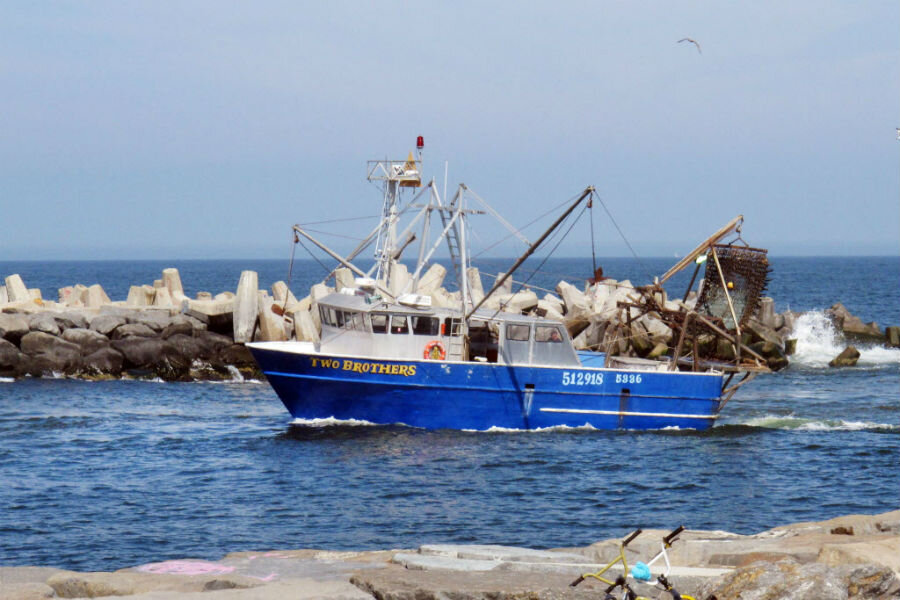Fishing communities find economic power doing business together
Loading...
Six port communities on Oregon’s rocky southwestern coast are taking their seafood-rich economy into their own hands.
More than 80 percent of the state’s catch travels frozen to places like China for processing before working its way back to Oregon and other dinner plates. The lack of local and regional links in global seafood supply chains is the problem that the Southwestern Oregon Food Systems Collaborative is working to change.
Its strategy is to build new locally-owned, mutual-aid supply chains — or value chains — across great market gaps that have grown in the wake of the region’s near-total focus on global commodity exports. The approach is showing signs of success in southwestern Oregon. It also shows real potential for transitioning so many other, mostly rural places now caught between past economies of resource extraction and future economies of resource conservation.
New Business Starts
One example is how the economic outlook has shifted in the small town of Port Orford (pop. 1,200). The town’s commercial fishing port depends for its survival on the dwindling fortunes of those families — some 35 percent of the local workforce — that still make their living at sea.
“If we can’t keep this dock running, the collateral damage to fishermen here would be huge,” said Port of Port Orford office manager Katie Dougherty.
It looks now, however, that the port will not only stay afloat, but also expand to serve new local seafood economy uses.
Projections include 40 new jobs along with revenue from nine businesses in line to locate at a planned 20,000 square-foot multi-use dock facility. It will include new retail, tourism, and smaller-scale processing space.
“[The Collaborative] put us in touch with these people and helped us understand what they want and what they need,” Dougherty said.
This article first appeared at Food Tank.







